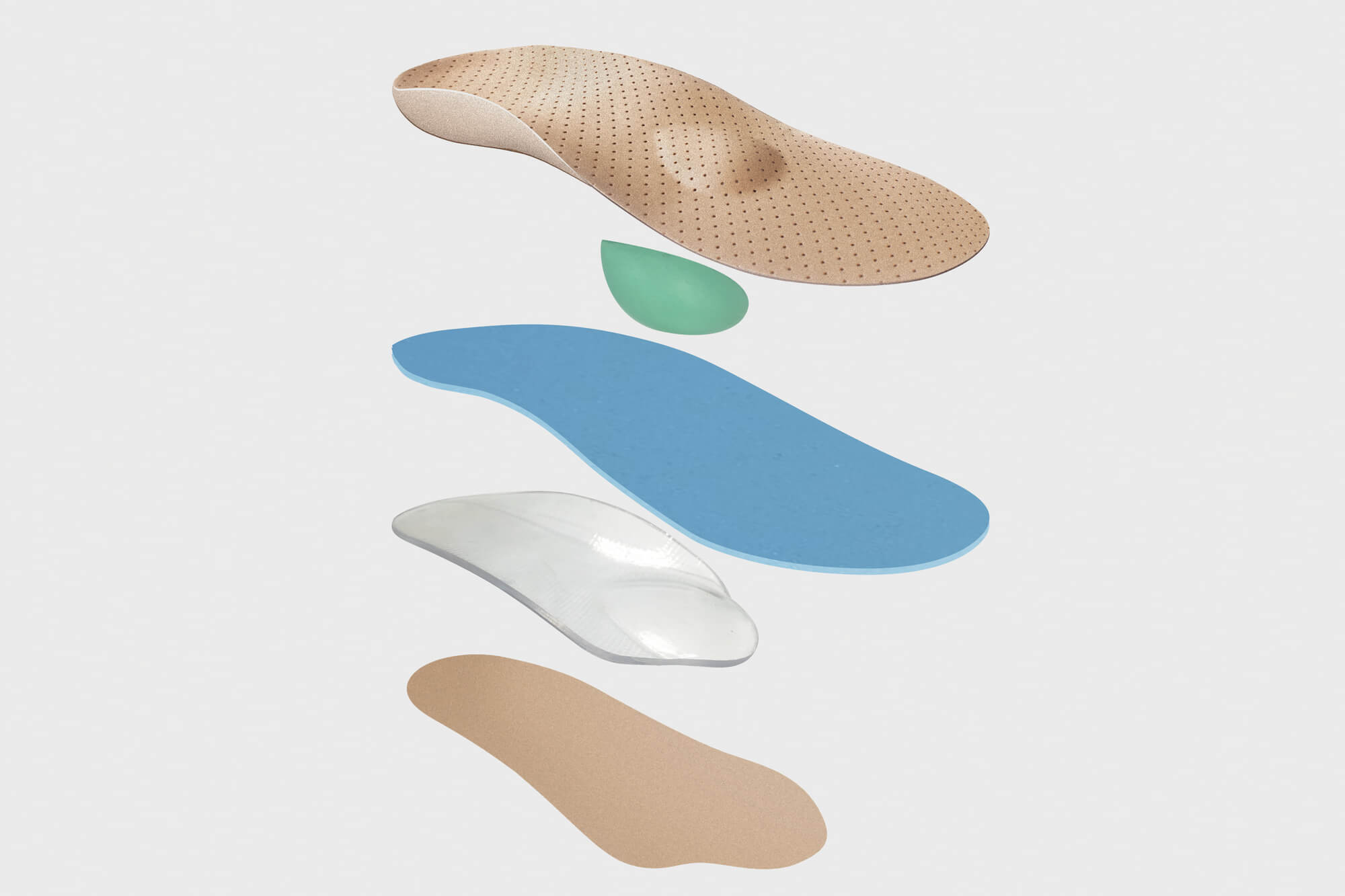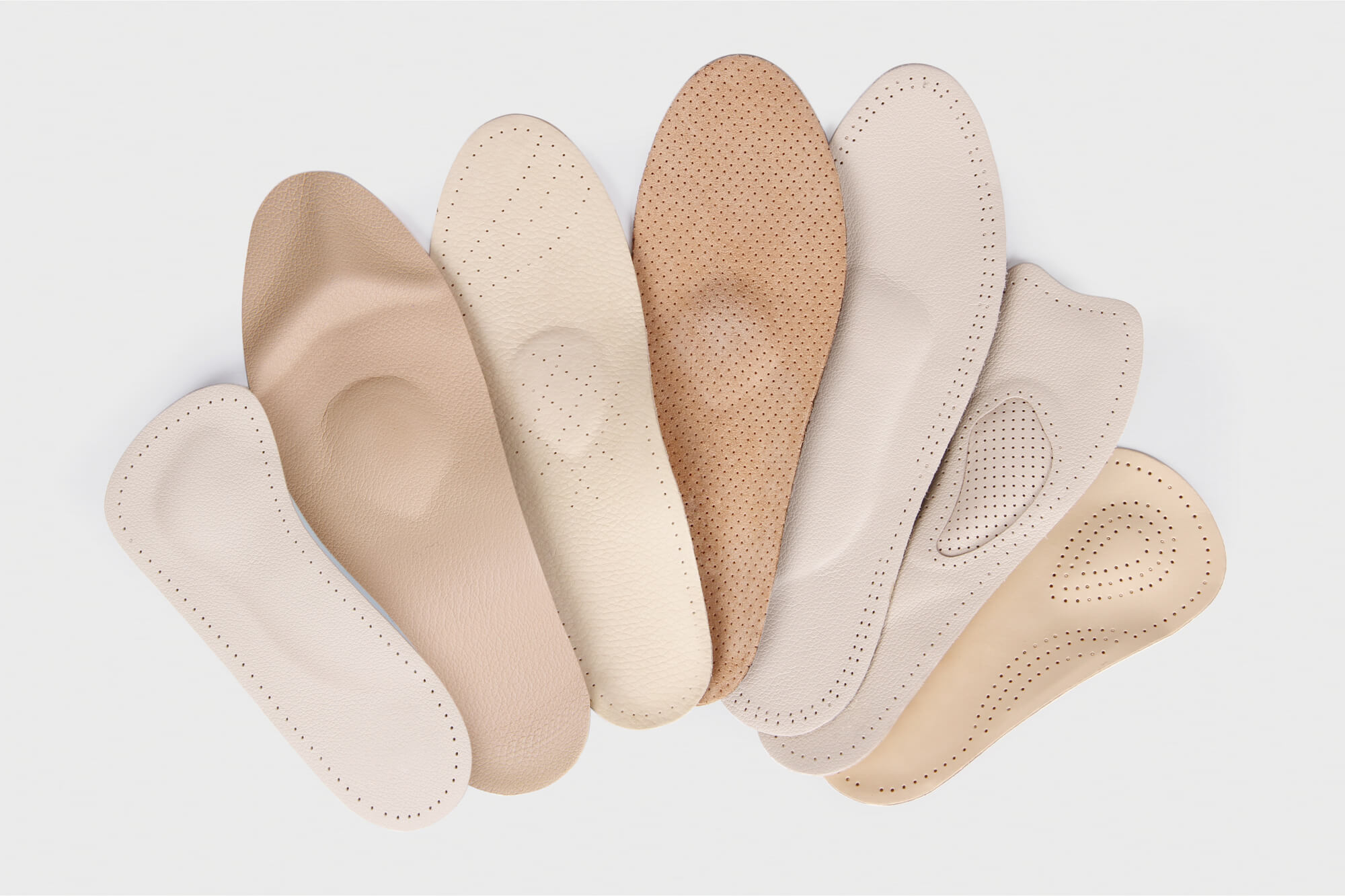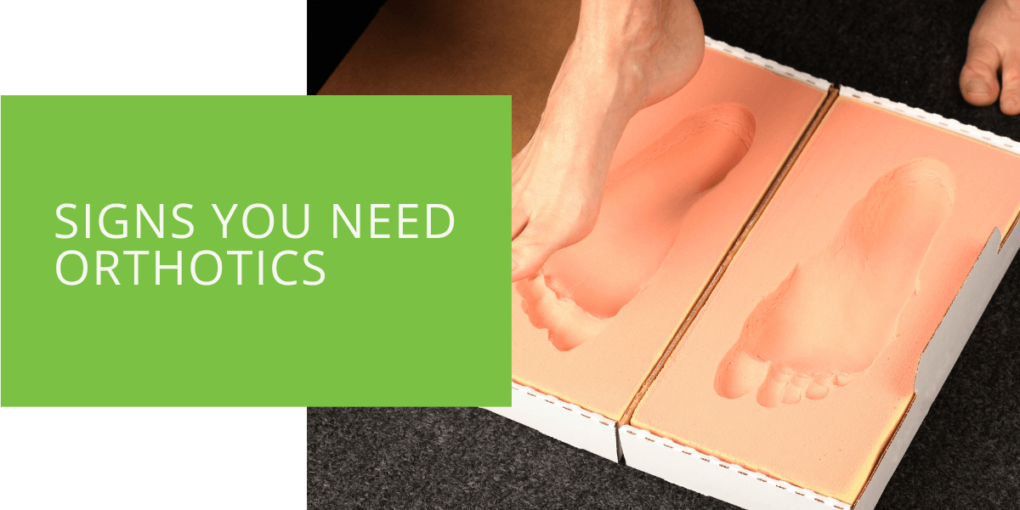Signs You Need Orthotics
Orthotics are devices worn inside shoes to help support and align the feet and legs. They treat a range of foot and lower limb conditions and can help alleviate pain, improve function, and prevent further damage. In this article, we'll explore the signs that indicate the need for orthotics, how they work, and how to get them.
What are Orthotics?
Orthotics are devices worn inside shoes to help support and align the feet and legs. They treat a range of foot and lower limb conditions, including flat feet, plantar fasciitis, and heel pain. Orthotics can be custom-made or over-the-counter and designed to address specific foot problems or provide more general support.
Orthotics redistribute pressure across the foot, reducing pain and improving function. They can also help correct alignment issues, such as overpronation or over-supination, and prevent further damage.

Signs You Need Orthotics
Several signs may indicate the need for orthotics. These include:
Foot Pain
Foot pain is a common sign that you may need orthotics. If you experience pain in your feet, such as arch, heel, or ball-of-foot pain, orthotics may help. Orthotics can provide extra support and cushioning to reduce pressure and alleviate pain.
Flat Feet
Flat feet, or fallen arches, can cause foot pain, instability, and other problems. Orthotics can help support the arches and improve foot function, reducing the risk of further damage.
Overpronation or Oversupination
Overpronation and over-supination are conditions where the foot rolls inward or outward excessively when walking or running. These conditions can cause foot pain, instability, and an increased risk of injury. Orthotics can help correct these alignment issues and improve foot function.
Plantar Fasciitis
Plantar fasciitis is a common condition that causes heel pain, particularly in the morning or after long periods of standing. Orthotics can help support the plantar fascia, the band of tissue that runs along the bottom of the foot, reducing pain and preventing further damage.
Bunions
Bunions are bony bumps on the joint at the base of the big toe. They can cause pain and discomfort, particularly when wearing tight or narrow shoes. Orthotics can help relieve pressure on the affected area and reduce pain.
High Heels
Wearing high heels can cause a range of foot problems, including pain, instability, and an increased risk of injury. Orthotics can help provide extra support and cushioning to reduce pressure on the feet and improve comfort.

How to Get Orthotics
If you need orthotics, the first step is to see a podiatrist. A podiatrist can thoroughly evaluate your feet and determine the best type of orthotics for your needs. They may also recommend changes to your footwear or exercise routine to help improve foot function and reduce pain.
Custom orthotics are designed specifically for your feet and can be more effective than over-the-counter options. To get custom orthotics, your podiatrist will take a mold of your feet and send it to a lab to be made. Over-the-counter orthotics are available at drugstores and can be more affordable, but they may not provide the same support as custom orthotics.
Conclusion
Orthotics can be a valuable tool for improving foot health and reducing pain. If you are experiencing foot pain or other foot problems, seeing a podiatrist is important to determine the cause and the best treatment options. By recognizing the signs that indicate the need for orthotics and seeking professional advice, you can ensure that you get the right treatment for your condition.
Remembering that orthotics are just one part of a comprehensive foot care plan is also important. In addition to wearing orthotics, you can also take steps to improve your foot health, such as wearing proper footwear, maintaining a healthy weight, and doing regular foot exercises.
Overall, orthotics can effectively treat a range of foot and lower limb conditions. By recognizing the signs that indicate the need for orthotics and seeking professional advice, you can take an important step towards improving your foot health and overall quality of life. Contact a podiatrist today to learn more about your options if you need orthotics.
FAQ
How do you know if you need orthotics?
You may need orthotics if you are experiencing foot pain, instability, or other foot problems. Some signs that indicate the need for orthotics include flat feet, overpronation or over-supination, plantar fasciitis, bunions, and high arches. If you are experiencing foot pain or other foot problems, seeing a podiatrist is important to determine the cause and the best treatment options.
Does it take time to get used to orthotics?
Yes, it can take time to get used to wearing orthotics. When you first start wearing orthotics, you may experience discomfort or soreness as your feet adjust to the new support. It's important to follow your podiatrist's instructions for wearing and breaking in your orthotics to ensure you get the best results.
Do orthotics need to be replaced?
Yes, orthotics may need to be replaced over time. The lifespan of orthotics depends on various factors, including the type of orthotics, the frequency of use, and the amount of wear and tear they experience. It's important to follow your podiatrist's instructions for caring for your orthotics and to have them evaluated regularly to ensure they still provide the support you need.
Who needs orthotics?
Anyone experiencing foot pain or other foot problems may benefit from orthotics. Orthotics can treat various conditions, including flat feet, plantar fasciitis, heel pain, and bunions. If you are experiencing foot pain or other foot problems, it's important to see a podiatrist to determine the cause and the best treatment options, which may include orthotics.

